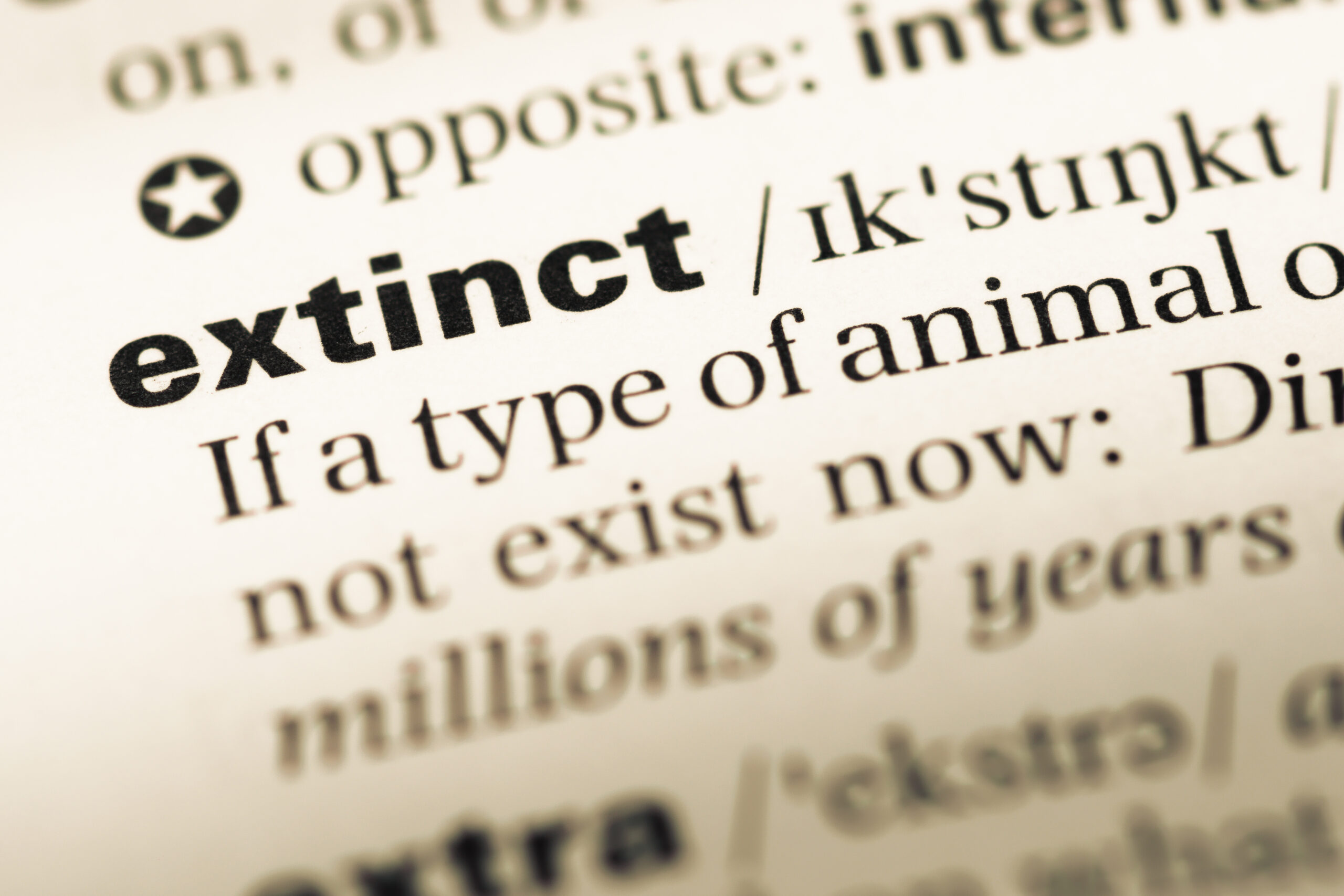Extinct languages: we look back at the past and into the future
It is not just our world that is in a state of flux, languages are too. According to Ethnologue, a website devoted to language research, there are 7,151 languages in the world. However, half of the world’s population speaks just 23 of these. The rest of the population speaks mainly minority languages.
This has far-reaching consequences: almost 40 percent of all languages are classified as endangered. According to UNESCO, only around half of all languages will still exist by the end of the 21st century. Some anthropologists even predict that just 100 languages will survive. But which languages will no longer be spoken? Which languages are endangered? And what is the reason for this?
Why do languages die?
First of all, we must ask the most important question: what are extinct languages? A language is defined as such if it no longer has any speakers. There can be many reasons for this: war, persecution or natural disasters can wipe out entire populations of native speakers. Some people emigrate and are assimilated either willingly or unwillingly into another linguistic community.
Many indigenous languages are only passed on verbally and have no written form. In many cases, the language is only spoken by older people. If it is not passed on to younger generations, the language dies out when the last member of the linguistic community dies. After the colonization of Australia and America, hundreds of indigenous languages died out. This is particularly tragic since the culture often also disappears along with the words.
In this day and age, globalization and the dominance of the English language is also contributing to the extinction of languages. In order to participate in global trade, people are forced to master the main languages. Consequently, the minority languages become less important.
Incidentally, Latin or Ancient Greek are not extinct languages but are referred to as dead languages. They are the historic forerunners of today’s languages.
But which languages are already extinct and which are in danger of becoming extinct in the future?

The top 5 extinct languages
Mentioning every extinct language would go beyond the scope of this post, so we will focus instead on a small selection of interesting languages that are extinct.
Gallic
Thanks to Asterix and Obelix, the Gauls are famous all over the world. Just like the comic books, Gallic was spoken in parts of what is now France as well as in Switzerland, in the Upper Rhine region and in northern Italy. This Celtic language originally used Greek characters but switched to the Latin alphabet after the arrival of the Romans. By the third century A.D., all traces of the language had disappeared, and it was most likely replaced by Latin.
Burgundian
The demise of the Burgundian language is a typical example of the consequences of persecution and expulsion. From the first century A.D. onwards, the Burgundians settled in parts of what is now Germany. In the fifth century, the Roman ruler Flavius slaughtered the ruling Burgundian dynasty and 20,000 Burgundians. The remaining speakers of the language were resettled, thereby sealing the fate of this Germanic language.
Burgundian is a corpus language, and only a few words and inscriptions have been preserved, which means that the language cannot be completely reconstructed. However, it exhibits certain characteristics of East Germanic languages.
Slovincian
This West Slavic language only died out in the 20th century and is therefore a relatively recent loss. Slovincian was spoken along the Baltic coast in Pomerania and in the northeast of the River Elbe. It is interesting to note that the Slovincian language was never used as a written language. It was only immortalized in phonetically codified form shortly before it became extinct.
Eyak
Eyak, which translates as the “words of the people”, was a North American Na-Dené language spoken in southern Alaska. And it wasn’t just the increasing dominance of the English language that caused it to become extinct. The proliferation of the indigenous Tlingit people resulted in both cultures mixing until Eyak speakers ultimately became fully assimilated into the Tlingit linguistic community. The last speaker of Eyak died in 2008.
Sumerian
Sumerian is the world’s oldest written language. It bore no similarities to any other language and is therefore described as being linguistically isolated. In the third century B.C., it was spoken in the Near East, or southern Mesopotamia. Although it died out as a spoken language by 1700 B.C., it remained in use for a further 1,600 years as a scholarly language for religion, science and literature.
A look into the future: dying languages
UNESCO’s language atlas of endangered languages distinguishes between six categories: from “potentially endangered”, where the language is not an official language but is still spoken by the younger generation, all the way to “critically endangered”, where even the older generation no longer speaks the language. These include in particular the indigenous languages of North and Central America as well as those of Africa. In Mexico alone, 64 of 68 languages are at risk. In New Guinea, which has a very high linguistic density of more than 1000 different languages due to the geographical isolation of individual tribes, the majority is threatened with extinction.
However, you don’t need to travel to remote continents to find strongly endangered languages. There are just under 1,000 people left who speak the East Frisian language. Although still spoken by 3 million people, the thousand-year-old Yiddish language is barely being passed on to the younger generation. Its future as a language is therefore uncertain.
How can languages be protected from becoming extinct?
To preserve languages, we must teach and document them. Younger generations in particular must be encouraged to take an interest in the language through media, books and other forms of entertainment. Ireland took an important step in preserving its language by introducing Irish as a compulsory school subject.
Attempts are constantly being made to revive extinct or dying languages. The most successful example of this is Hebrew: despite being used for a long period solely as a written language and for religious ceremonies, it is now the official language of Israel.
You too can play an important role: by using translations to offer your content in different languages, you are playing your part in preserving languages bit by bit.
Looking for a translator for extinct languages? It’s not an easy task but certainly not impossible. As a language service provider, ACT Translations is always happy to assist you with unusual requests.
In our blog, you will find interesting facts about the most difficult or most popular languages.







